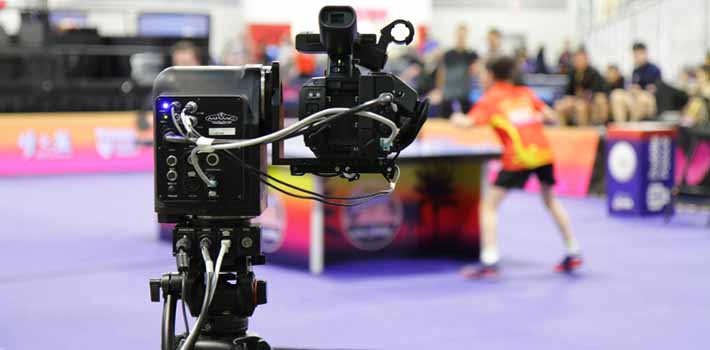Participating in tennis classes can significantly enhance endurance and stamina levels, transforming both physical fitness and overall health. Tennis, a dynamic sport that combines bursts of intense activity with periods of active recovery, offers a comprehensive workout that targets various muscle groups and cardiovascular fitness. This article explores how tennis classes contribute to boosting endurance and stamina, highlighting the physical benefits and the overall impact on fitness levels.
Physical Demands of Tennis
Tennis is renowned for its demanding physical requirements. A typical tennis match involves continuous movement, including sprinting, lateral movements, and quick changes in direction. These movements engage muscles throughout the body, particularly the legs, core, and upper body. The repetitive nature of swinging a racket and moving quickly to return shots builds muscular endurance over time.
Cardiovascular Fitness
Engaging in tennis lessons san antonio elevates heart rate and enhances cardiovascular endurance. The intermittent nature of the sport, with short bursts of high-intensity rallies followed by brief periods of rest, mirrors interval training a proven method for improving cardiovascular health. Over time, regular participation in tennis classes can increase the efficiency of the heart and lungs, improving overall stamina and reducing the risk of cardiovascular diseases.
Muscle Strength and Endurance
Tennis involves various strokes and movements that require muscular strength and endurance. The act of hitting forehands, backhands, serves, and volleys engages muscles in the arms, shoulders, chest, and back. Additionally, the lower body muscles quadriceps, hamstrings, calves, and glutes are continuously used for running, stopping, and changing directions on the court. As players practice and refine their techniques in tennis classes, these muscle groups become stronger and more resilient to fatigue.
Coordination and Agility
Coordination and agility are essential components of tennis. The sport demands precise hand-eye coordination to consistently hit the ball with accuracy and power. Footwork and agility are crucial for quickly positioning oneself on the court to reach the ball in time. Tennis classes focus on drills and exercises that improve these skills, enhancing overall coordination and agility both on and off the court.
Mental Endurance
Beyond physical benefits, tennis also challenges mental endurance. Players must stay focused and maintain concentration throughout a match, strategizing their shots and adjusting to their opponent’s play style. Tennis classes provide opportunities to develop mental resilience, which can translate to other areas of life where endurance and perseverance are required.
Long-Term Fitness Benefits
Participating in tennis classes consistently over time yields substantial long-term fitness benefits. Improved endurance and stamina contribute to an active lifestyle, promoting overall health and well-being. Tennis is a sport that people of all ages and fitness levels can enjoy, making it a sustainable choice for maintaining physical fitness throughout life.
Tennis classes are highly effective for boosting endurance and stamina due to the sport’s rigorous physical demands and comprehensive fitness benefits. By engaging in tennis regularly, participants can improve cardiovascular fitness, build muscle strength and endurance, enhance coordination and agility, and develop mental toughness. These benefits extend beyond the tennis court, contributing to a healthier and more active lifestyle. Whether playing recreationally or competitively, tennis remains a versatile and enjoyable way to achieve and maintain peak fitness levels.




